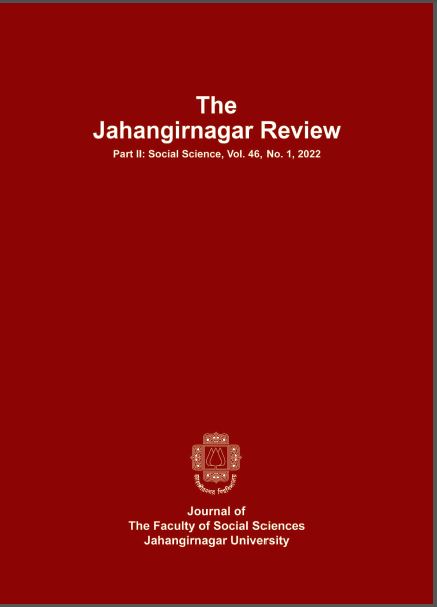Macroeconomic Determinants of External Debt in Bangladesh
Main Article Content
Abstract
The recent sharp increase of external debt in Bangladesh is slowly raising the question of future external debt sustainability. So, this paper tried to spotlight on the current condition of external debt of Bangladesh and attempted to find key macro-economic determinants of external debt in Bangladesh through a time series analysis. The study found external debt sustainability indicators such as external debt to GDP ratio, debt service ratio and short-term external debt to foreign exchange reserve ratio are well below the thresholds. So, the external debt position of Bangladesh seems not that risky despite recent sharp growth in external debt and
debt servicing. Moreover, the study analyzed the macroeconomic determinants of external debt in Bangladesh by performing Johansen Cointegration Test and Vector Error Correction Model (VECM) by using annual data from 1991 to 2020. Macroeconomic variables that have been considered for analysis in this study areReal GDP, Exchange Rate, Trade Openness and Fiscal Balance as a percentage of GDP. The study found that, in the long run, exchange rate depreciation and negative fiscal balance as a percentage of GDP increase the external debt burden of the Bangladesh which is in line with the economic rationales. However, no short-run
causality was found among the variables. Both diagnostic tests and stability tests confirmed the model’s reliability. The study recommends that formulation of stable exchange rate policy and expansion of government tax collection area might be useful for policymakers in prudent management of external debt.

